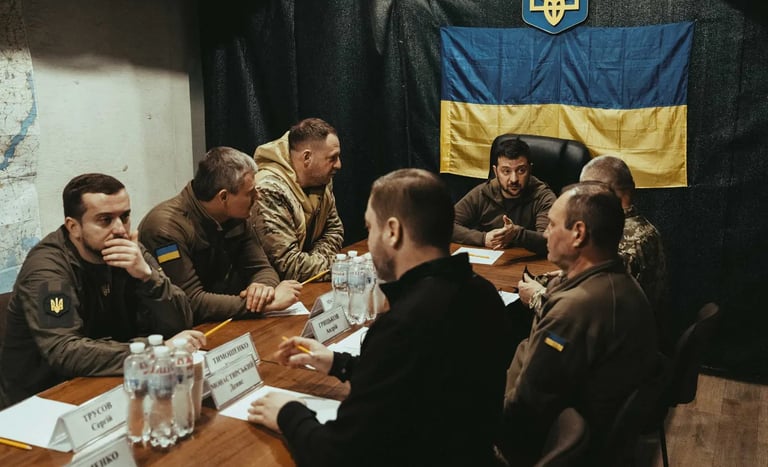Photojournalism


More Tips
Post-Processing
Shoot in RAW format when possible to allow greater flexibility in editing. Use software like Lightroom or Photoshop to fine-tune exposure, color balance, and other aspects without losing quality.
By mastering these techniques and staying adaptable, photojournalists can capture compelling images that tell powerful stories.
Composition Tips
Get Close: Focus on a single subject or small group to create impactful images. Crop ruthlessly if necessary to emphasize the main point of interest.
Storytelling Through Shots:
Capture an overview of the scene.
Focus on the main subject in action.
Include close-up details to add depth to the narrative.
Practical Tips
Preparation: Ensure your camera has charged batteries and formatted memory cards. Double-check assignment details before heading out.
Shoot Extensively: Take multiple shots from different angles and perspectives to increase your chances of capturing the perfect image. Pixels are free, so shoot generously.
Adapt Quickly: In fast-paced environments, trust your instincts and be ready to adjust settings on the fly. Program mode can help when time is limited.
Post-Processing
Shoot in RAW format when possible to allow greater flexibility in editing. Use software like Lightroom or Photoshop to fine-tune exposure, color balance, and other aspects without losing quality1\.
By mastering these techniques and staying adaptable, photojournalists can capture compelling images that tell powerful stories.
Here are some essential technical and practical tips for photojournalists to enhance their photography skills:
Camera Settings and Modes
Shutter Priority Mode: Use this mode for fast-moving subjects to ensure sharp images. Start with a shutter speed of 1/125 or 1/200 and adjust as needed.
Aperture Priority Mode: Ideal for isolating subjects or controlling depth of field. For good lighting, use an f-stop between 5 and 8; in low light, open the aperture to f/2.8.
ISO Settings: In bright conditions, keep ISO at 400; in darker environments, increase it to 800 or higher. Modern cameras handle higher ISO settings well without much noise.
Continuous Autofocus (C-AF): Essential for capturing moving subjects in dynamic environments.
Lens Choices
Prime Lenses: A 50mm lens is versatile for portraits and wider shots. Prime lenses offer faster apertures, making them ideal for low-light scenarios.
Zoom Lenses: These provide flexibility in framing but can be heavier. Telephoto lenses are especially useful for capturing distant subjects while maintaining detail.
Wide-Angle Lenses: Perfect for capturing more context in tight spaces or crowded environments.
Lighting Techniques
Available Light: Use natural light whenever possible, but control its direction and intensity for better results.
Flash Photography: Avoid direct flash; instead, bounce it off a surface or use a diffuser to maintain a natural look. Adjust exposure to blend ambient light with flash effectively.
Composition Tips
Get Close: Focus on a single subject or small group to create impactful images. Crop ruthlessly if necessary to emphasize the main point of interest.
Storytelling Through Shots:
Capture an overview of the scene.
Focus on the main subject in action.
Include close-up details to add depth to the narrative.
Practical Tips
Preparation: Ensure your camera has charged batteries and formatted memory cards. Double-check assignment details before heading out.
Shoot Extensively: Take multiple shots from different angles and perspectives to increase your chances of capturing the perfect image. Pixels are free, so shoot generously.
Adapt Quickly: In fast-paced environments, trust your instincts and be ready to adjust settings on the fly. Program mode can help when time is limited.